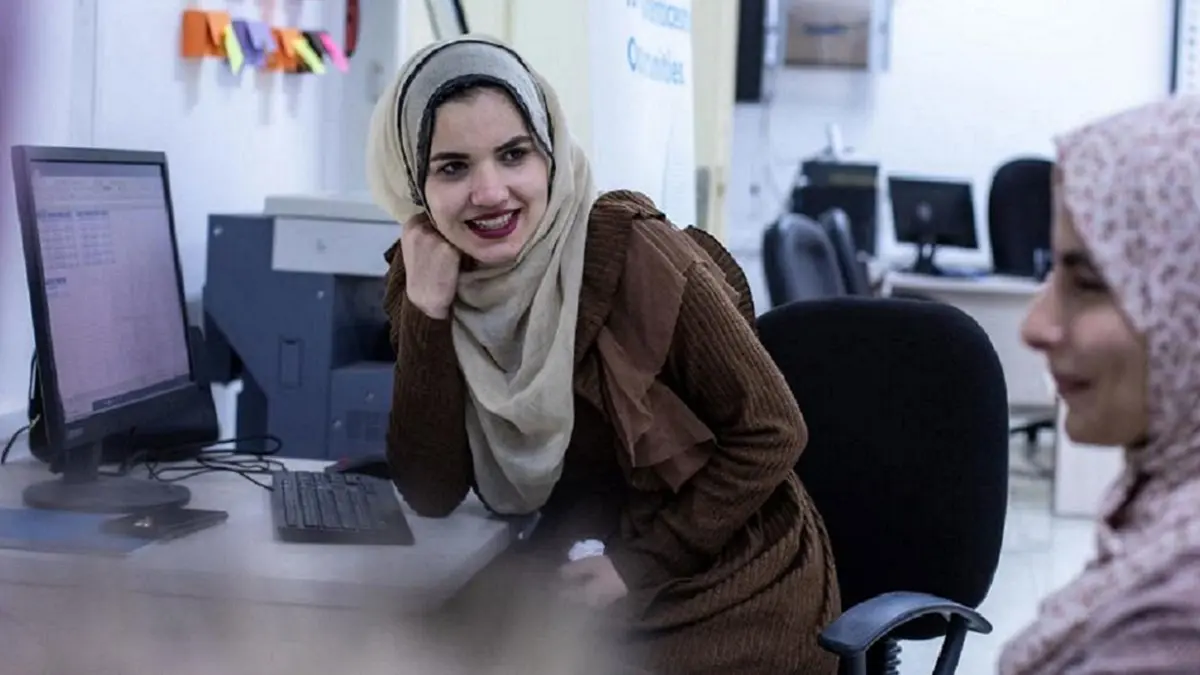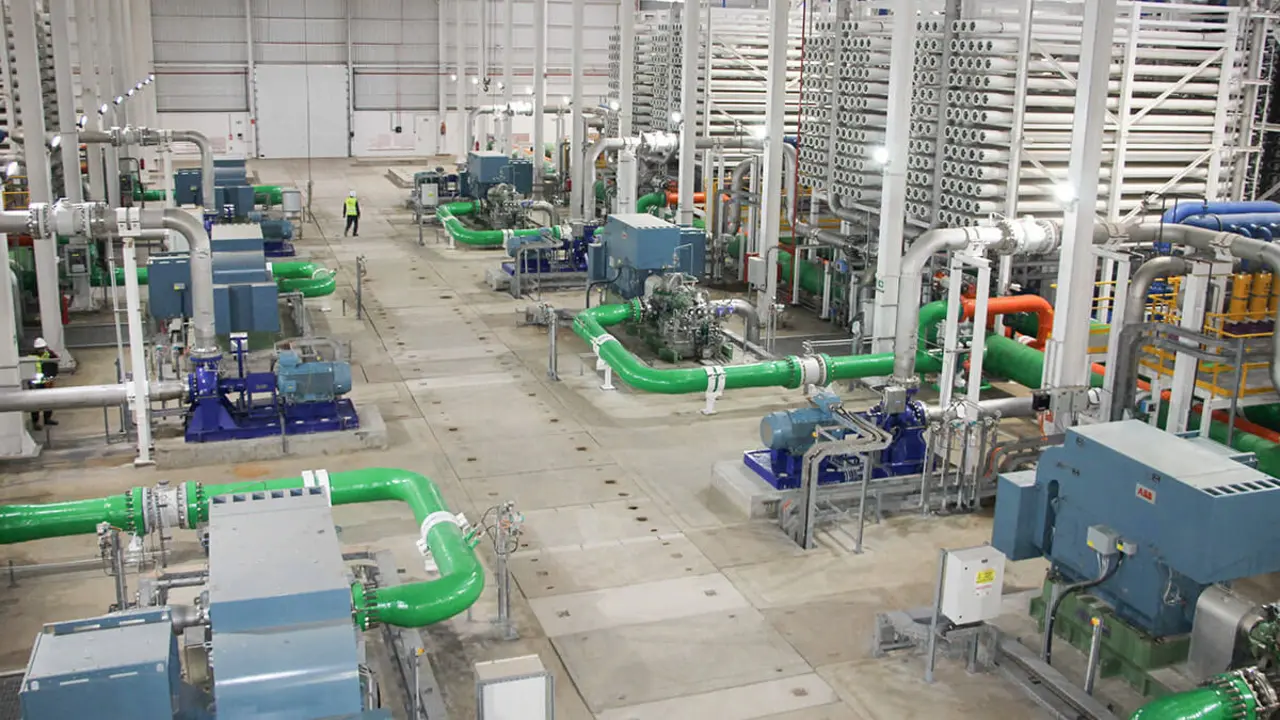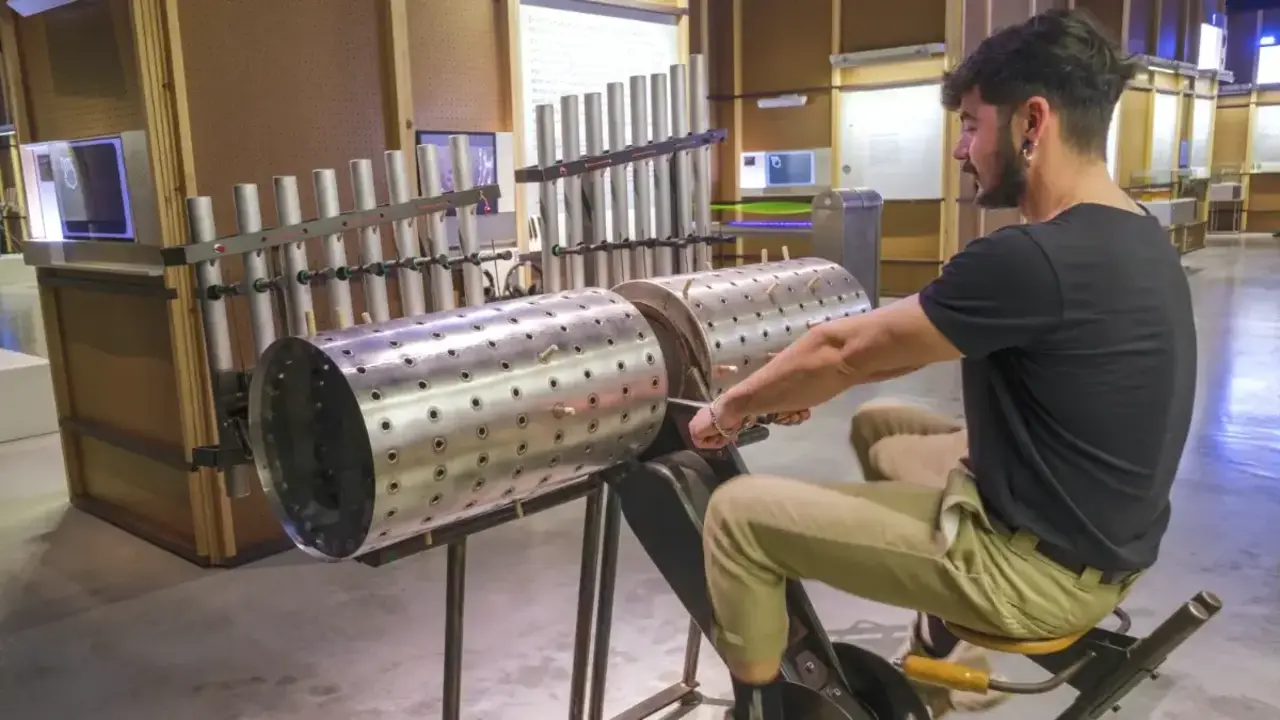Women only reach 60% of their full potential globally

Less than 1% of women and girls live in countries with high levels of women's empowerment and a narrow gender gap, according to a new global report released Tuesday by UN Women and the United Nations Development Programme (UNDP). In addition, no country has fully achieved gender parity.
Launched during the Women Deliver Conference, the agencies introduced through the report the Women's Empowerment Measurement Index (WEMI) and the Global Gender Parity Index (GGPI) as complementary indices to measure gender parity and women's empowerment. Together, they help to understand the challenges women face, develop more effective policies and target interventions, the agencies said.
Using the new indices to analyse 114 countries, the report reveals that women's power and freedom to make decisions and take advantage of opportunities remain severely constrained. Low women's empowerment and large gender gaps are a constant.
Decision-making power
The agencies explained that the IEM measures women's power and freedom to make decisions and take advantage of life's opportunities in five dimensions: health, education, inclusion, decision-making and violence against women.The GPI assesses the situation of women relative to men in basic dimensions of human development, such as health, education, inclusion and decision-making. With these benchmarks, the study shows that women are able to reach, on average, only 60% of their potential globally.
On the other hand, they achieve, on average, 72% of what men achieve in key dimensions of human development.
"We can clearly see from these new indices that, in all countries, women's full potential remains unrealised and large gender gaps are still common, obstructing and slowing progress in achieving all the [Sustainable Development] Goals," said the UN Women executive director.
"Continuous efforts are therefore needed to deliver on the promise of gender equality, guarantee the human rights of women and girls and ensure that their fundamental freedoms are fully realised," Sima Bahous added.
For his part, the UNDP Administrator stated that the analysis "shows that higher human development is not in itself a sufficient condition, as more than half of the countries with low and medium performance on the Women's Empowerment Measure and the Global Parity Index are in the very high and high human development groups.
Achim Steiner added that "too many women and girls live in countries that only allow them to reach a fraction of their potential, and these new perspectives are ultimately designed to help bring about real change, for real people".
Five vital dimensions
UN Women and UNDP say the new indices provide evidence of progress and guide policymaking in the following areas:
- Health policies: supporting and promoting a long and healthy life for all people, with a focus on universal access to sexual and reproductive health
- Equality in education: addressing gaps in the skills and quality of education, especially in fields such as science, technology, engineering and mathematics to empower women and girls in the digital age
- Work-life balance and support for families: invest in policies and services that address work-life balance, including affordable and quality childcare, parental leave schemes and flexible working arrangements.
- Equal participation of women: set targets and action plans to achieve gender parity in all spheres of public life and eliminate discriminatory laws and regulations that hold women back.
- Violence against women: implementing integrated measures focused on prevention, changing social norms and eliminating discriminatory laws and policies.
The authors stressed that, at a time when global challenges threaten to exacerbate existing gender disparities, the indices can help policymakers accelerate the path to a more equitable and inclusive world.








